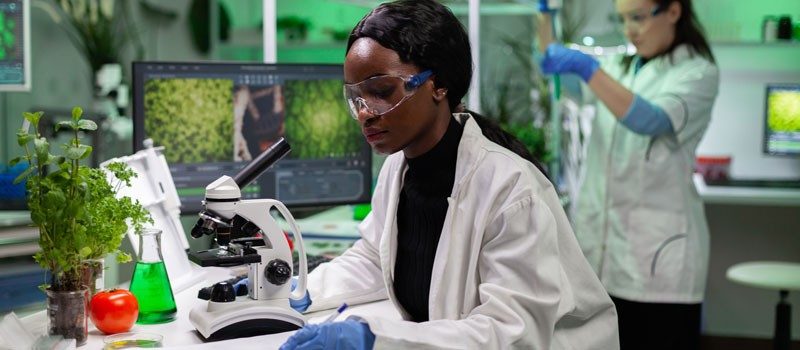
By Jacqueline A. Trischman
Have you ever taken medication for a toothache or a stomachache? Would you be surprised to know that it may have first been made from a willow tree?
Humans have often used natural products as medicines (or drugs). Scientists sometimes get ideas for new drugs by observing traditional, “folk medicine” cures or by observing animals in the wild (see Why Wild Animals Don't Need a Vet article). Studying how to make medicines from natural products like plants, animals, and microorganisms is called pharmacognosy. Pharma means medicine in Greek, and cognosy means to know. Scientists search for, study, and produce new drugs by modifying natural ones to treat human diseases.
Nature as inspiration
Traditional medicines provide clues for finding new ones. In the past, medicines have come from plants (like artemisinin, a drug for malaria—a disease caused by a certain mosquito bite), animals (like insulin from cows and pigs), even snails (ziconotide, a pain relief drug, from cone snails), and microorganisms (antibiotics and immunity suppressants from mold).
There are many reasons chemists and other researchers are searching for new drugs. For example, some diseases, like AIDS (caused by a virus), don’t have cures yet. Also, antibiotic resistance is becoming common, so we need new antibiotics. And cancer drugs can become less effective over time, so we need substitutes to replace them. Fortunately, nature often has the answer!
How does a chemical become a medicine?
Natural remedies have been in use for many years. One of the first steps in turning a natural remedy into a medicine is to find out how it works. It is important to really understand the part of the plant or animal that is causing the effect. Generally, it is safer and more efficient to produce that key part of the natural drug in the laboratory. Researchers use the following steps to make a drug from natural sources:
- Select and separate the chemical that could be turned into a drug
- Understand its chemical structure
- Reproduce the chemical compounds in a laboratory
- Change the structure of the drug to improve it, or get rid of any bad side effects
- Get government approval to use the new drug (this requires many years of testing to make sure it’s safe)
Challenging challenges
Certain medicines need a large number of plants or animals to make a tiny amount of medicine. This creates two big challenges: plants and animals may face extinction from overuse, and the drug can be expensive. Luckily, making the same drug in a laboratory can produce more of the drug, and it may be less expensive, and more effective.
Usually, scientists can only make one new drug for about every 20,000 samples found in nature … so it’s not easy! But researchers in the field of medicinal chemistry can learn the chemical structure of potential drugs, try to change them in the lab, and make a new kind of molecule that does just what they need it to, such as treating a specific illness.
Certain drugs from natural products (and the chemical compounds they contain) affect humans in many ways, and not just in the specific way we want. A good example is turmeric made from the rhizome of the plant (thick plant stems that often grow below the soil). It has anticancer, anti-aging, and antibacterial abilities. For this reason, turmeric is being studied all over the world for use in treatment of cancer, certain infections, liver diseases, and wound healing.
No matter the challenges, nature plays a central role in medicinal chemistry. In fact, about half of all the medicines in use today were originally found in nature. Additionally, researchers spend billions of dollars each year in search of new drugs. This should be enough reason for us to take care of nature. Let’s all do our part to preserve nature, so she can continue to nurture and nourish us!
Jacqueline A. Trischman is Dean of the College of STEM at California State University San Marcos.

